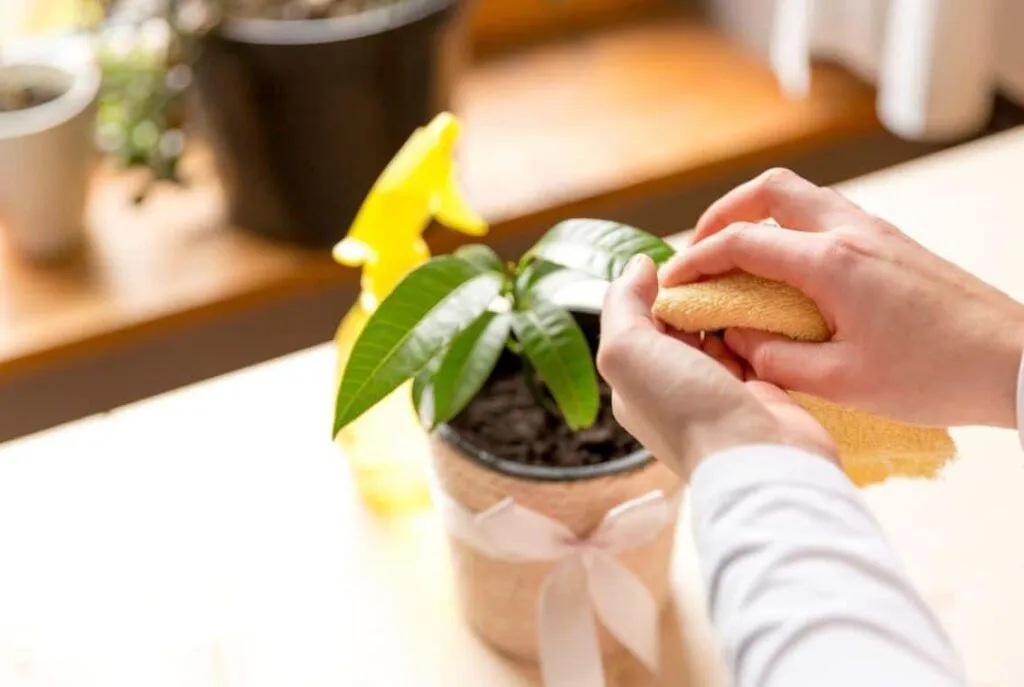From Dusty to Dreamy: The Leaf-Cleaning Hack for Lush Houseplants

Indoor plants aren’t just pretty faces—they also help freshen the air in your home. But keeping your plants happy isn’t just about giving them water and sunlight; making sure their leaves are spotless plays a big part too. Dust on the leaves can block the tiny pores that let the plant “breathe” and do its thing. That means regular cleaning isn’t just for looks; it helps your plants grow strong and stay healthy.
Why Leaf Cleaning Matters
Dust and gunk that settle on your plant leaves don’t just look messy. They block the tiny openings (stomata) that let your plant take in air, which slows down its breathing and photosynthesis. This can stunt growth and rob your plant of its vigor. How often you clean depends on where you live—places with lots of dust or nearby construction might need more frequent cleaning, while cleaner indoor spots can take it easy.
When to Give Them a Wipe
Figuring out when your plants need a bit of TLC is pretty simple. Just run your finger over the leaves; if you feel any residue, it’s time for a clean-up.
Best Ways to Clean Your Plant Leaves
Washing the Whole Plant
For many plants, a good rinse works wonders. Depending on its size, you can take your plant into the bathtub, shower, or sink. Use room-temperature water at a gentle pressure to avoid harming delicate leaves. If the leaves are really grimy, try mixing a few drops of soap into the water and cleaning with a soft cloth. Smaller plants might do better upside down in a container of water. And once they’ve been washed, keep them out of direct sunlight until they dry to avoid leaf burn.
Tidying Up Fuzzy Leaves
Plants with fuzzy or hairy leaves need a gentler touch. A soft-bristle brush or a feather duster can help remove dust without upsetting their delicate texture. You can also slip a sock over your hand to clean both sides of the leaf at once.
Cleaning Leaves One at a Time
If you like to get right into the details, cleaning each leaf with a damp, soft cloth is a solid plan. You can add one or two drops of Marseille soap to help lift sticky dust. After you wipe each leaf, go over it with a clean cloth and keep it out of the sun while it’s still wet.
More Tips for a Great Clean
For an extra boost of shine and nourishment, mix some milk with water when you clean; this combo can also help fend off fungal issues and bugs. If pests like aphids or ticks are a worry, try olive oil or beer thinned out with water. Don’t forget to clean the underside of your leaves and snip off any dead or yellow ones to keep fungus at bay.
Steer Clear of Bad Habits
While those leaf-shining sprays might promise sparkle, they can mess with your plants’ ability to breathe and aren’t safe for every type of plant. Sticking with natural methods is the way to go for long-lasting plant health.
Extra Care for Delicate Plants
Some plants are more sensitive than others when it comes to cleaning. For these delicate types, a hairdryer on low heat (keeping it about 30 cm away and constantly moving) can help dry the leaves gently without causing harm.
Sidestepping Limescale Spots
Hard water can leave behind white limescale marks on your leaves. A simple fix is to add a teaspoon of vinegar to a liter of rinse water. This should help prevent those unsightly spots.
Picking the Right Time to Clean
Before you start a cleaning routine, know that each plant has its own tolerance for moisture. Succulents, for example, get a bit uptight when they come in contact with water and need a gentler approach compared to other plants. The best time to clean is at the end of the day when the sun isn’t beating down as hard. Once you’ve given your plants a good initial cleaning, just a few minutes each week will keep them dust-free and happy over time.
Keeping your green plant leaves clean isn’t just about keeping things neat—it’s an investment in a healthier, more vibrant living space infused with the beauty of nature indoors.